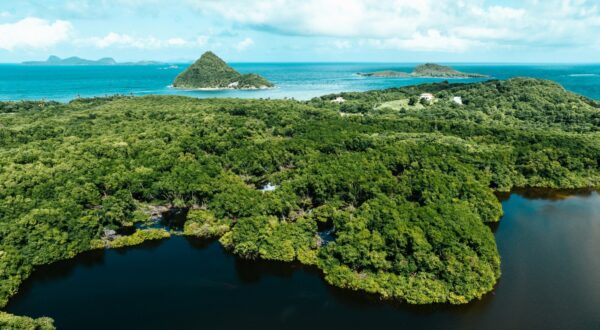Green Climate Fund at a crossroads
Felix Fallasch
Share

Over the past four years, the Board has invested great effort into setting up a major new, multilateral organisation that has the potential to transform international cooperation on climate change.
The operational mechanisms that the Board has developed are quite promising:
- the Fund has a strategic priority to help developing countries directly access GCF funding through their own national and regional institutions, including through an innovative readiness programme supporting the operationalisation of country-ownership at different levels, with the private sector facility;
- the Fund now has a dedicated window that allows it to directly engage with micro, small, and medium-sized enterprises in developing countries; and
- all activities and technologies financed by the Fund must be consistent with the internationally agreed upon temperature goal.
These recent enhancements in the Fund’s ability to meet its objective are welcomed.
This overall package has convinced contributing countries to provide the Fund with the largest sum ever provided to a multilateral climate fund – more than USD $10 billion.
At the last meeting of the Board, we were encouraged by the news that a number of private sector entities in Sweden stand ready to donate to the Fund. Indeed, the interest in the Fund is certainly growing. As it now stands, over 80 national, regional and international institutions have applied to become implementing partners.
All this puts the GCF in an excellent starting position to make an impactful contribution toward international efforts to combat climate change.
What is missing however, is a clear plan by the Board on how it intends to use its advanced operational mechanisms and the Fund’s significant resources to strategically achieve its stated objectives. The lack of such a plan risks the Fund falling into the well-trodden multilateral funding path of implementing its objectives by channelling responsibility to already-established funding institutions. This would be quite unfortunate, as the GCF would miss the opportunity to live up to its immense potential.
With the GCF, the international community has an historic opportunity to provide an integrated approach toward the provision of assistance to developing countries, especially in the implementation of their national and regional climate change strategies and plans. These strategies, already in place for many countries, can create large potential for synergies to achieve true transformation.
It is now in the hands of the GCF’s Board to make a decision on whether the GCF will just be an additional layer in the administrative pipeline that channels money to other multilateral institutions – or whether it will take advantage of its unique position.
The GCF is already set to be the climate institution whose main business model includes working directly with (and empowering) national and regional institutions in implementing developing countries’ climate change strategies and plans. The Board will approve the composition of the Fund’s initial project portfolio at its next meeting, helping to determine exactly which road the GCF will eventually take.











